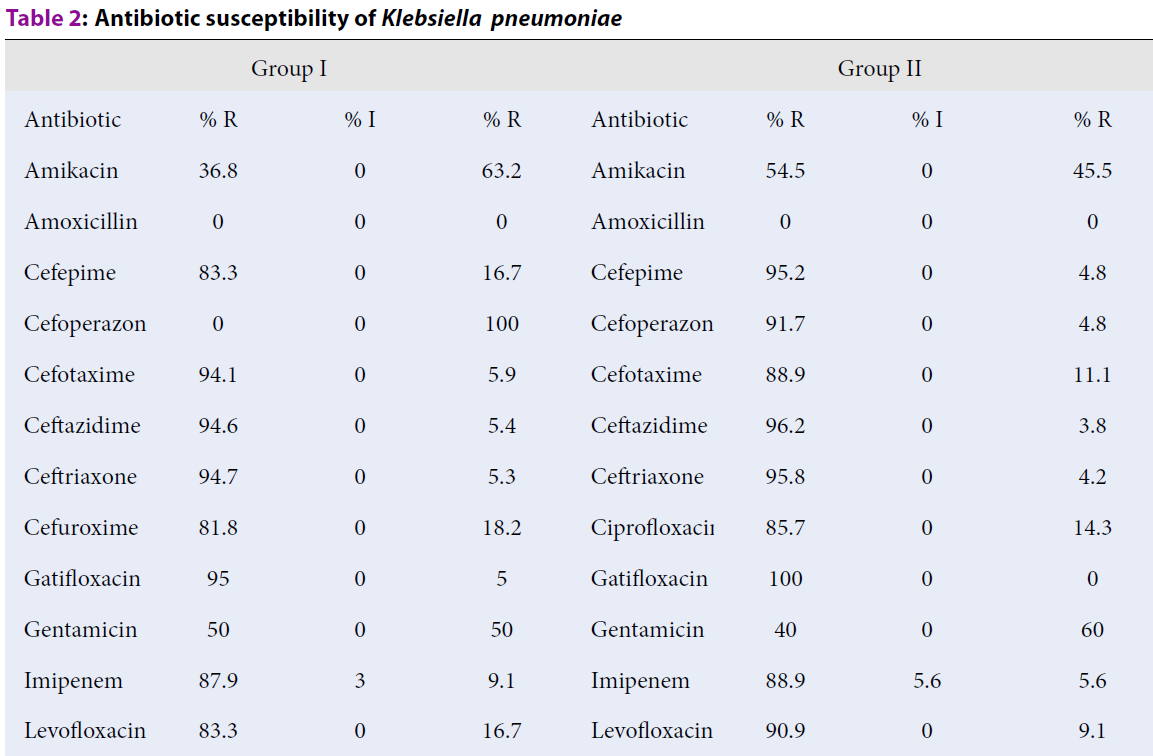Dynamics of the microbiological scope and antibiotic susceptibility in intensive care unit patients
DOI:
https://doi.org/10.15419/bmrat.v7i7.615Keywords:
antibiotic susceptibility, antibiotic resistance, microbiological scapeAbstract
Introduction: This study addresses and evaluates the decrease of antibiotic resistance after introduction of a proposed prevention plan and control complex in the intensive care unit (ICU).
Methods: Data from 1,111 bacteriological analyses, taken from patients who received treatment in the ICU of Ternopil University Hospital from January to August 2015 (group 1) and the same period of 2018 (group II), were included in the study. The complex included measures for the prevention of antibiotic resistance spread and for rational antibiotic use.
Results: We found that resistance to imipenem changed more than other antibacterial drugs, increased by 60% (р ≤ 0.05), which was conditioned predominantly by Pseudomonas aeruginosa isolates for 100%. A decrease in 39% of polyresistant clinical isolates of Klebsiella pneumoniae in patients of groups I and II showed important prognostic value.
Conclusion: A complex of the proposed measures included the division of patients in blocks according to the risk of infectious complications, control of antibiotics administration, adherence to sanitary norms by ICU staff, use of sodium hypochlorite resulting in decrease of pathogenic isolates, and level of antibiotic resistance to specific groups of antibacterial drugs.

Downloads
Published
Issue
Section
License
Copyright The Author(s) 2017. This article is published with open access by BioMedPress. This article is distributed under the terms of the Creative Commons Attribution License (CC-BY 4.0) which permits any use, distribution, and reproduction in any medium, provided the original author(s) and the source are credited.
